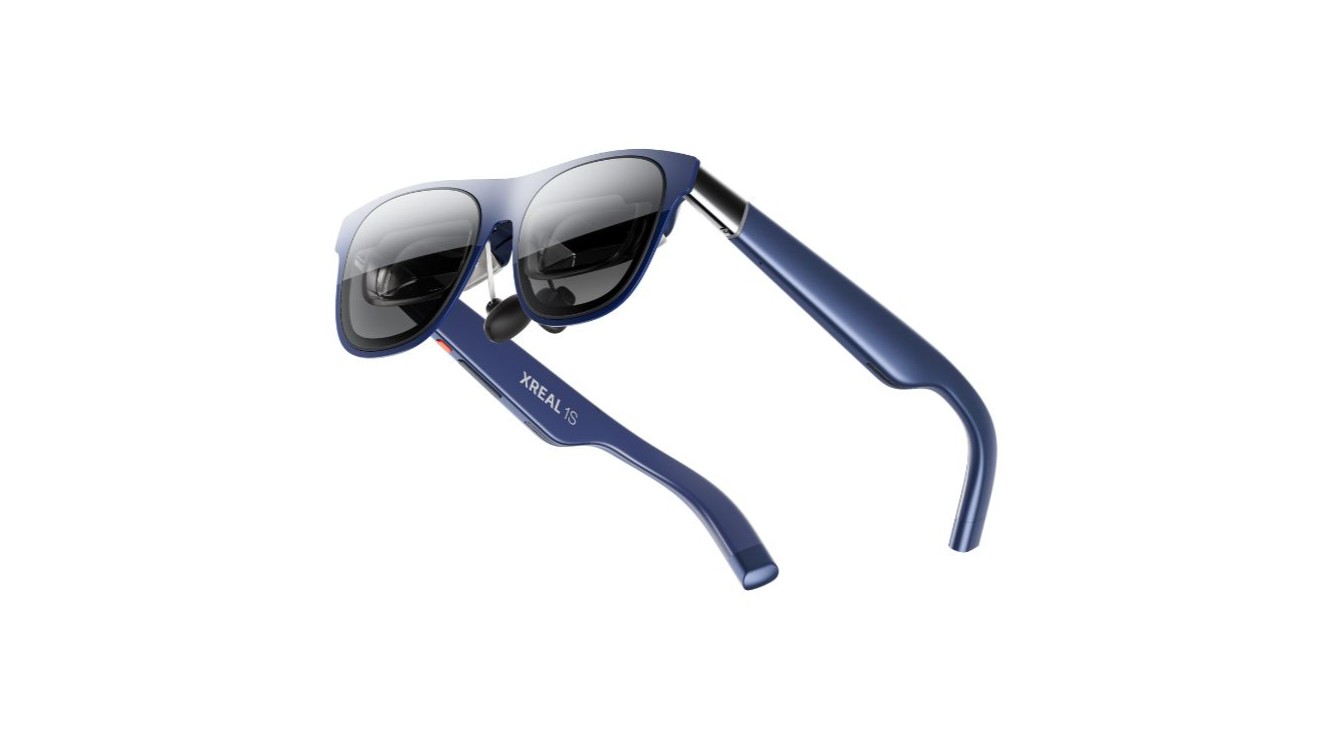Best Xiaomi phones
From Mi to you, this is the best of what Xiaomi has to offer.
The best Xiaomi phones offer incredible value on a budget and often set the standard for the category. From $100 entry-level phones to true flagships with innovative cameras and cutting-edge designs, Xiaomi makes some of the best phones you can buy today.
The Chinese manufacturer officially sells phones in the U.K. and Europe in addition to Asia and the Middle East, making it easier for customers to get their hands on Xiaomi's products. If you're in the U.S. though, you'll have to purchase imported units through unofficial sellers.
Cream of Xiaomi's crop
Why you can trust Android Central
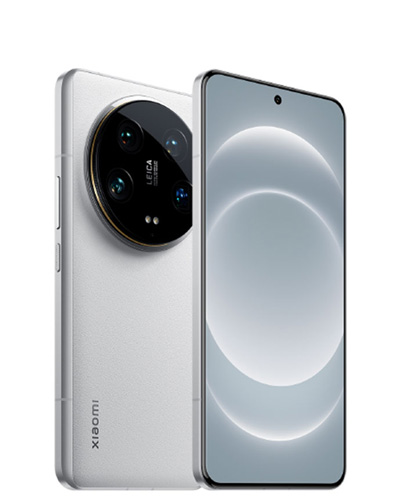
Best of the best
The Xiaomi 14 Ultra is the company's most impressive flagship to date, thanks to four incredible 50MP rear cameras and a fanstastic 6.73-inch AMOLED display. The design is polished, the performance is among the best, and the massive 5,000 batterywill easily last you more than a day. It can cost more than a Galaxy S24 Ultra in some regions and there's a bit of overheating if you game for long durations. Overall though, there's little reason to not get it if you can.
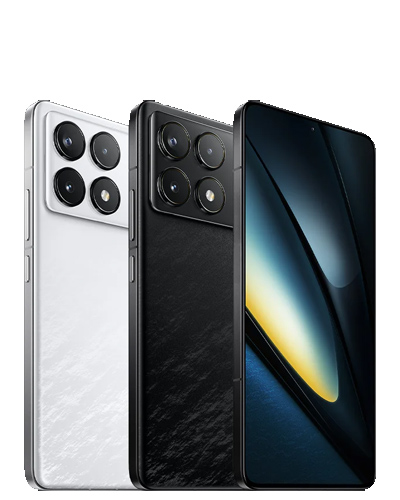
Best value
Xiaomi's sub-brand Poco makes some superb budget-oriented phones, and the Poco F6 Pro is one of the best ones to get. Powered by the Snapdragon 8 Gen 2 SoC, it's plenty powerful for handling casual apps and games. It has a large 6.67-inch AMOLED display with a 120Hz refresh rate, 50MP main camera with up to 8K video recording, and support for 120W wired charging. It's also IP54 rated for water resistance, making it superb value.
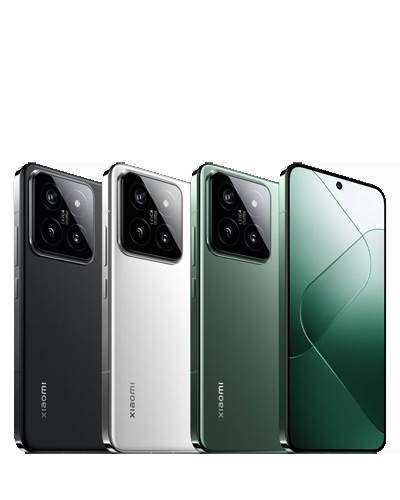
Best small phone
The Xiaomi 14 has a sleek design with a flat screen just like the one before it, and you get an incredible 50MP camera at the back that can take on the Galaxy S24 and other flagships. There's the Snapdragon 8 Gen 3 processor, 12GB of RAM, up to 512GB of storage, a 6.36-inch 120Hz LTPO AMOLED panel, and a 4,610mAh battery with 90W wired and 50W wireless charging. The Xiaomi 14 is also rated IP68 for water and dust resistance, which makes it a fantastic package.
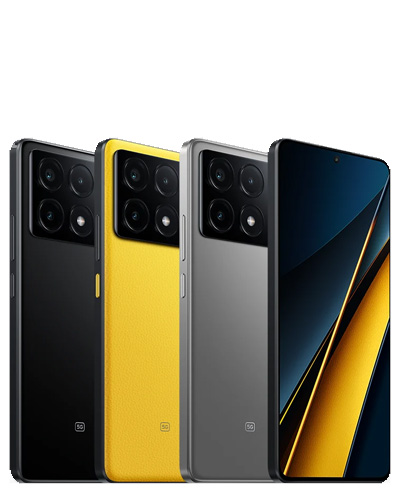
Best budget
The new Poco X6 Pro comes with sizeable upgrades over its predecessor, making it incredible value for money. It has the same display as the Redmi Note 13 Pro+, but with nearly double the brightness. The processor upgrade makes it good for gaming and the main camera is decent. Battery life is also a standout feature, along with 67W fast charging. Some of the negatives would be te bloated software skin and weak auxiliary cameras.
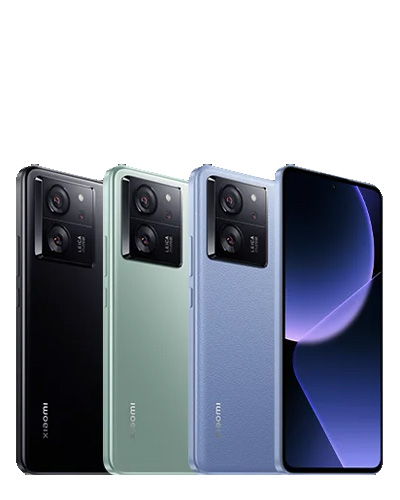
Best value flagship
Xiaomi's 13T Pro is a mid-range flagship offering some excellent specs. It's the first T-series phone to get the Leica branding, and is also waterproof with an IP68 rating. Thanks to the amazing 50MP primary shooter, beautiful 6.67-inch 144Hz AMOLED panel, Mediatek Dimensity 9200+ chipset, 120W wired charging, and 5,000mAh battery, the Xiaomi 13T Pro is a smashing hit.
These are the best Xiaomi phones
Xiaomi makes some of the best cheap Android phones, and its products are more accessible than ever. With so many devices across various price points, you're guaranteed to find one that fits your budget. If you're in the market for maximum value, the Poco F6 Pro is the obvious pick. Sitting just under $500, the phone has a premium 6.67-inch AMOLED display, a blazing-fast 120Hz screen refresh rate, and a decent 5,000mAh battery that should easily last two days on a full charge.
Speaking of value, if you want that along with flagship specs, then the Xiaomi 13T Pro fits that bill nicely. Compact phones are a bit of a rarity these days, but the Xiaomi 14 is an exception. While not as petite as a Galaxy S24 or a Pixel 9, it certainly has better camera chops than those two.
If you don't want to settle for anything but the best, the Xiaomi 14 Ultra is among the best Android phones today. The triple 50MP rear cameras are the real show-stoppers and can give the best Samsung and Google phones a run for their money.
Bear in mind that although Xiaomi's phones are spectacular and give phenomenal value for money, they don't get regular OS updates, which may be a dealbreaker for many. Also, none of the Chinese phone manufacturer's phones are compatible with CDMA networks, which is problematic for users residing in the US. Do your research before jumping the gun!
Get the latest news from Android Central, your trusted companion in the world of Android

Harish Jonnalagadda is Android Central's Senior Editor overseeing mobile coverage. In his current role, he leads the site's coverage of Chinese phone brands, networking products, and AV gear. He has been testing phones for over a decade, and has extensive experience in mobile hardware and the global semiconductor industry. Contact him on Twitter at @chunkynerd.
- Roydon CerejoContributor
